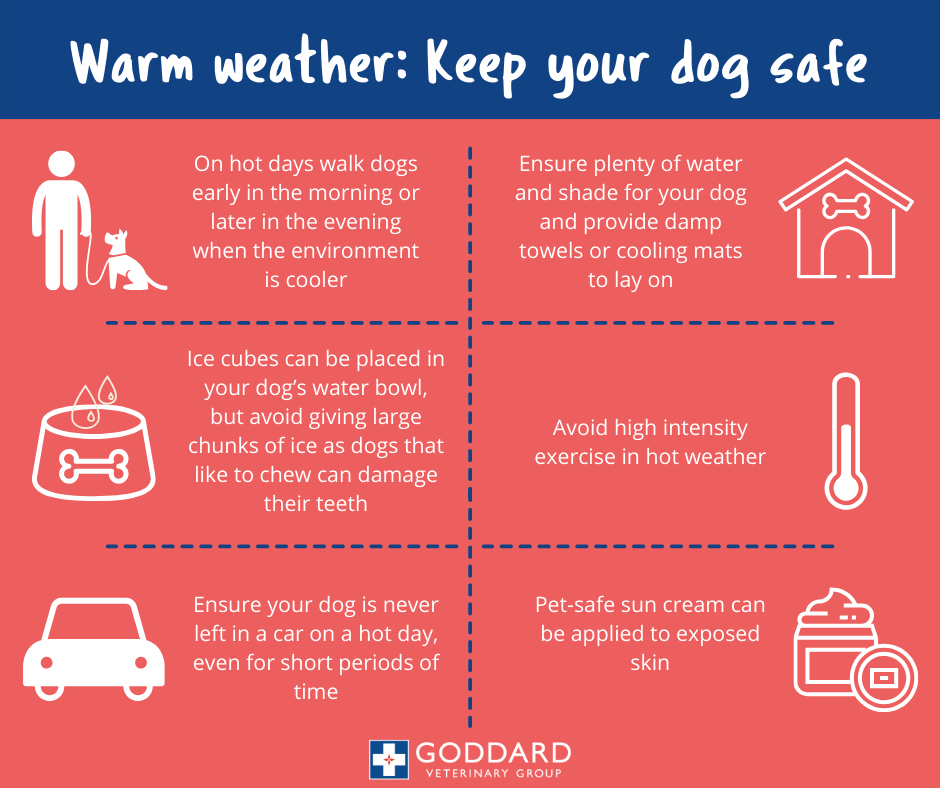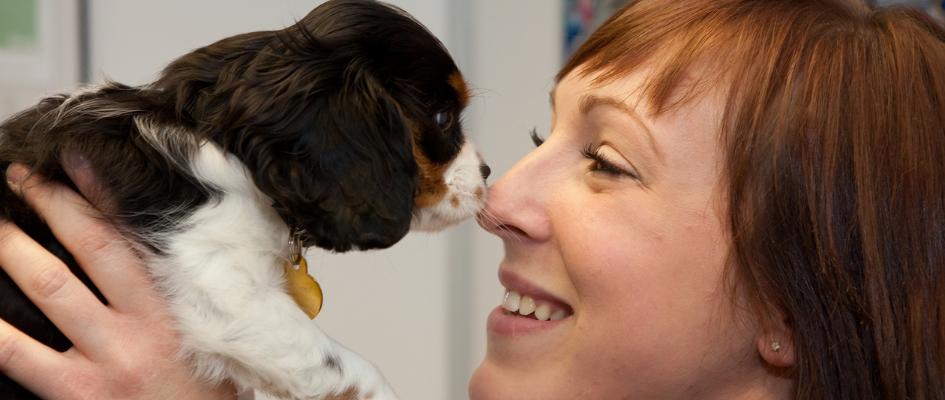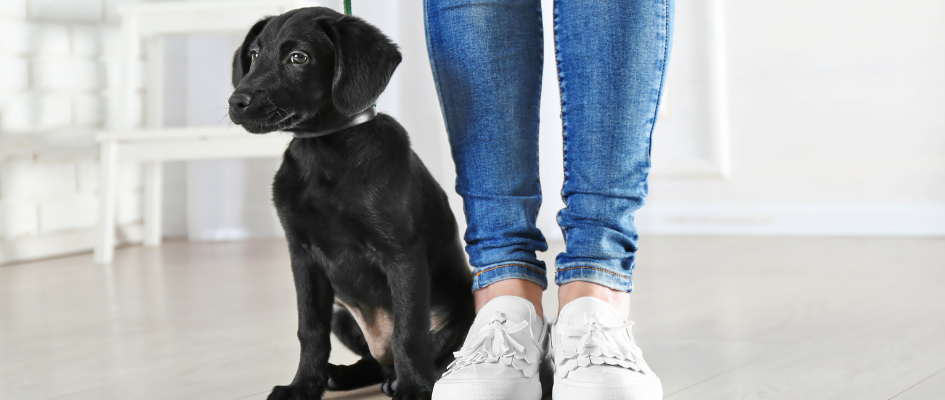Spot-on treatments are frequently used to treat or prevent a range of parasitic infections that may cause irritation or illness in your cat or dog or illness in you and your family. They usually need to be applied on a regular basis and it’s important to understand how to apply them accurately and safely.
Keeping up with your dog’s worm and flea treatment is important if you want to protect them from parasites.
Always check the label before applying it to your pet to make sure it’s the right one for the pet you are treating, and you are using it at the recommended frequency.
Applying the treatment doesn’t have to be complicated. Watch our step-by-step video or follow the steps below.
Top tip: Don’t forget to remove your dog’s collar before you apply the medicine, as it could get in the way of the treatment working properly.
Guide to applying spot-on flea treatment to your dog
Here at the Goddard Vet Group, we strongly advise using a prescribed monthly spot-on treatment for your dog. You should speak to your vet about the right one for your pet, and make sure that you read the label thoroughly before applying it.
- Once you are sure you have the right treatment for your dog, simply remove the tube from the packet, and then unscrew the top and use the end of the lid to open the pipette.
- Part the hair and then apply the treatment directly to the skin at the back of your pet’s neck, just above their shoulders. This is so that your pet won’t be able to rub or lick it off. There’s no need to rub it in either, as the treatment will naturally disperse across their skin.
- If you need to distract your dog whilst you apply the treatment, you could get some pet food paste for them to lick or ask someone to rub and scratch their ears. Making the experience a calm and positive one will make applying the treatment a lot easier for both you and your dog.
- Don’t bathe your pet for 4 days after application and do not allow dogs to go swimming as this may affect insects in the water and will also reduce the efficacy of the treatment.
How do spot-on treatments work?
The natural oils on your dog’s skin work to distribute the medicine around their body. The chemical pesticides then sit on the hair follicles and release continuously even after the initial application.
As well as paralysing and killing fleas within 24 hours, the treatment will also prevent new fleas from emerging in your house.
Helpful tips when applying spot-on treatment to your dog
- For large dogs, you may have to apply to spot on in 3 places along the back – please check the label directions for the product you are using.
- If any of the treatment transfers onto you, wash it away with soapy water. The solvent in Spot On treatment may stain or damage certain materials including leather, fabrics, plastics, and finished surfaces. Allow the application to dry before permitting contact with such surfaces.
- Make sure you make a note of when your pet’s next treatment is next due, so you can keep them protected.
- For further support in applying your dog’s spot-on treatment, you can watch the video above.

How can Goddard Veterinary Group help?
Many of the most effective anti-parasite products are prescription-only medicines, which means they can only be prescribed by a veterinary surgeon and will not be available in pet shops or through online subscriptions, unless under the prescription of a vet. At an annual health examination, normally at the time of vaccination, one of our vets will assess the risks of a range of parasites to your pet based on their lifestyle, and will recommend products and frequency of application, based on this risk assessment.
Additionally, if your dog has had an adverse reaction to the fleas or the treatment, and you need to see a vet, you can find your local practice here.
Helpful resources
If you would like to know more about parasites and how to reduce the risk to our dogs and family please click on the links below:
- What are fleas and worms?
- The trouble with tapeworm
- Do we need to fear the flea?
- Lungworm in Dogs – what are the risks?
Frequently asked questions
Yes, it does. You need to make sure that you apply the treatment to the skin on a part of the body your dog cannot reach. That’s why we advise the skin on the back of the neck. This is so your dog cannot lick it off and ingest it.
No. A dog spot-on treatment used on a cat can prove fatal for the cat. Additionally, a cat spot-on treatment for a dog will not come in a high enough dosage, as dogs are normally larger than cats. Always make sure you use the correct treatment for the correct species.
The spot-on treatment can take up to 24 hours to completely take effect. However, it’s likely that you will start to see results within a few hours.
Most flea treatments will become ineffective after one month, so it’s important that you reapply it on a regular basis. Make sure you read the instructions carefully, as they hold specific information regarding the correct dosage and frequency.
Not all spot-on treatments protect against ticks. Your vet may recommend a monthly tablet to replace the monthly Spot-on, or a collar for the warmer times of the year when tick numbers are high, please ask your vet for more information on protecting your dog from ticks and the incidence in your local area, or areas you plan to travel to with your pet. To learn more about ticks, or how to remove them the PDSA has a very useful guide.





